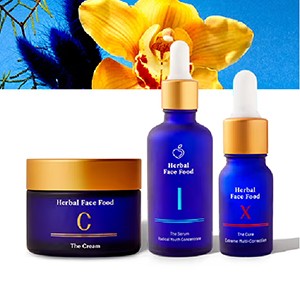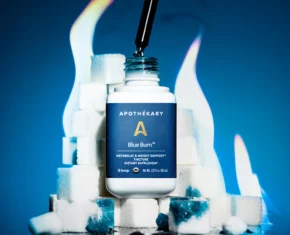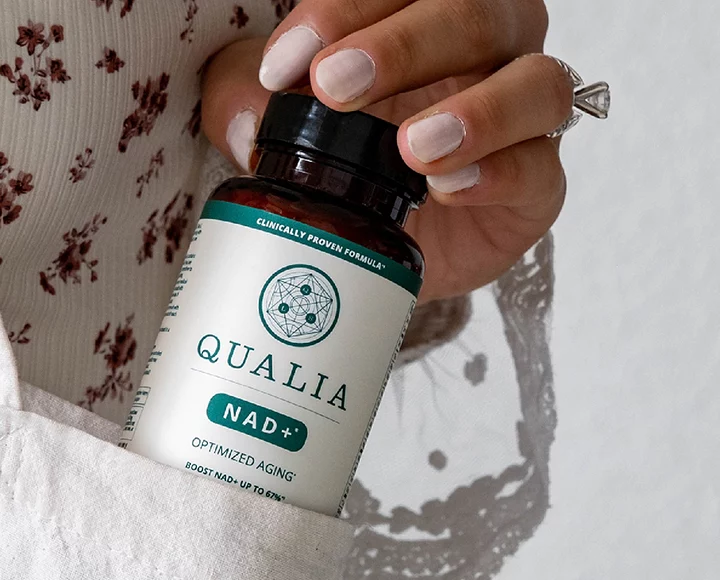We’ve all been there: you’re mid-aisle at the grocery store, shopping for one of a million things on your mental grocery list, you’ve found what you need – and you’re totally stumped. Is that sixteen syllable ingredient a synthetic additive or just the Latin name for coconut oil? What’s that one, must-be-avoided-at-all-costs condiment again?
Despite all of our best efforts, all the hours we clock learning to read our labels, when it comes down to those in-aisle moments there’s just no way to mentally catalog all the info we need.
The Environmental Working Group knows this and, after years of building and planning, have launched an app that is changing the way all of us shop. The EWG’s new Food Scores app catalogs over 80,000 products and a myriad of ingredients, both dangerous and beneficial, that you can access right on your phone, right in the grocery aisle. Not only that, the app includes – miracle of miracles – a bar code scanner, meaning you can scan products right in your hand, get their “score” and know in an instant whether it’s the product you want – or not. Ground-breaking, right?
Food Scores is one of the most useful tools for clean eating we’ve ever encountered. We encourage all of you to get the app and pass on the word. But first, check out our interview with EWG President and Co-Founder, Ken Cook who is breaking down everything we need to know about this new resource and how it came to be…
The Chalkboard Mag: Food Scores has been a long time coming! Tell us a little about the effort required to create a database of this magnitude.
Ken Cook: Food Scores was three years in the making and was a monumental effort undertaken by our entire organization. We utilized our nutritionists, toxicologists, researchers, database managers and other important team members.
In developing this database we knew we really had to decide what was most important to know about the food we are buying and eating. We asked ourselves: What do consumers need to know that they may not already know and how can we convey that in an easy-to-understand, user-friendly way?
We also worked hard to find a comprehensive source of food label data and found that in a company called Food Essentials whose business model is to collect label information from products on supermarkets shelves. Using their data, we developed an algorithm to score more than 80,000 products and counting.
TCM: It must’ve been difficult to narrow down the scope of Food Scores’ focus. What are some of the key ingredients or qualities in products the database focuses on?
KC: We took an exhaustive look at the factors that impact personal health, public health, and environmental health. Food Scores is the most comprehensive database out there in terms of foods analyzed, as well as the factors considered for scoring.
Of course, we knew nutrition would be central. Given EWG’s focus on toxics in other products like cosmetics and cleaners, we also knew we wanted to be sure to look into any hazards associated with food by identifying food additives and contaminants, like BPA, mercury and arsenic, as well as the use of antibiotics and hormones in meat and dairy. Finally, we know that whole foods are the healthiest foods, so we wanted to factor in the level of processing for each product in the database.
Those three factors – nutrition, ingredients of concern, and level of processing – are the basis of our scoring algorithm, which makes up the total score of a food.
Additionally, we thought it was important to flag other information that does not contribute to the score of each food. This is information, which may be of concern to consumers, such as whether a product contains genetically engineered (GE) ingredients or major allergens, and helps give the full picture of the products on our supermarket shelves.
TCM: When the EWG first launched its Skin Deep database, a similar resource for beauty products, it was a game changer for consumers wanting to shop cleaner products. What do you anticipate some of the most exciting effects on consumers will be with Food Scores?
KC: We have been so pleased with the response to Skin Deep from consumers and manufacturers alike. In these last 10 years, Skin Deep has revolutionized how consumers buy and use products. We anticipate that Food Scores will have a similar impact. Our intent is to not only change consumer behavior by arming people with information, but to drive the market towards healthier, cleaner and greener products and to leverage policymakers to ensure products are safe for consumers.
EWG’s Food Scores App
What It Is
EWG’s Food Scores gives you access to tens of thousands of foods to help you choose healthy, affordable food that’s good for both you and the planet.
How It Works
Scan the barcode of any product or search by name to receive an EWG Food Score in seconds. Each food is rated on a scale of one (being the best) to ten (the worst!), based on nutritional content, ingredient concerns, and amount of processing. You can also search the database to instantly find better-for-you products with low Food Scores.
Download The App
To get started, download the EWG’s Food Scores app on your iPhone, iPad or iTouch by clicking here!












